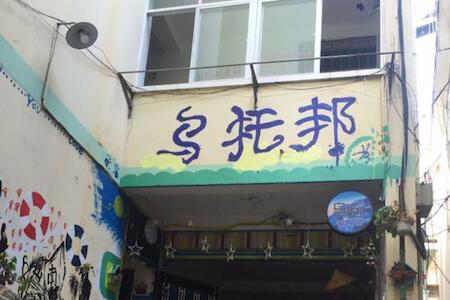This section is dedicated to take away all your "I wish someone had told me that before I went!" experiences. This way, you can spend less time settling in, and more time making new friends in your chosen hostel. We share our insider knowledge of tips, tricks and important things to look out for in Xishuangbanna.
Xishuangbanna, better known as Banna, is an autonomous city in the Yunnan province, in the far southern part of China. It borders Myanmar and Laos. The capital of the prefecture is Jinghong, which is where most of the culture and tourism is centred. To get here, you can fly direct to Xishuangbanna Airport from many other domestic cities, Dali, Chengdu, and Bangkok. The airport is 6km south of Jinghong City. Buses run regularly into the city centre.
Hostels in the Xishuangbanna region are mostly found in Jinghong, the capital. Most hostels are on or just off the main shopping street, Galan Street, near the nightlife, cafes, and shopping. The word for “hostel” in Chinese is 宿舍 (“su-she”).
Xishuangbanna is quickly becoming one of China’s top tourist spots, almost a mini Thailand. There are water festivals, plenty of sunshine, lots of bars and restaurants, and incredible jungle treks. You will likely come across a lot of younger Chinese who are here simply to party.
Xishuangbanna is also home to the last remaining Asian elephants; they live in the protected Banna Wild Elephant Valley which is open to the public daily. The elephant park is located in the Sanchahe Forest Reserve, which comprises over one million hectares of dense forest. it is an excellent spot for hiking, but there is no accommodation in the park. Don’t miss the Tropical Flower and Plant Gardens and Park in the centre of Jinghong if you can’t get out to the forest; it’s definitely one of the better attractions in the city. Other popular tourist spots in the province are the Dai Buddhist Menge temple complex (2007) and the Ganlanba Dai Minority Park, which is a collection of five Dai villages that pooled together to create a complex to show off the Dai culture. It’s new, and so are most of the buildings, but at least its historically accurate.
Written by local enthusiast for Xishuangbanna hostels
 Jakob Lombardi
Jakob Lombardi